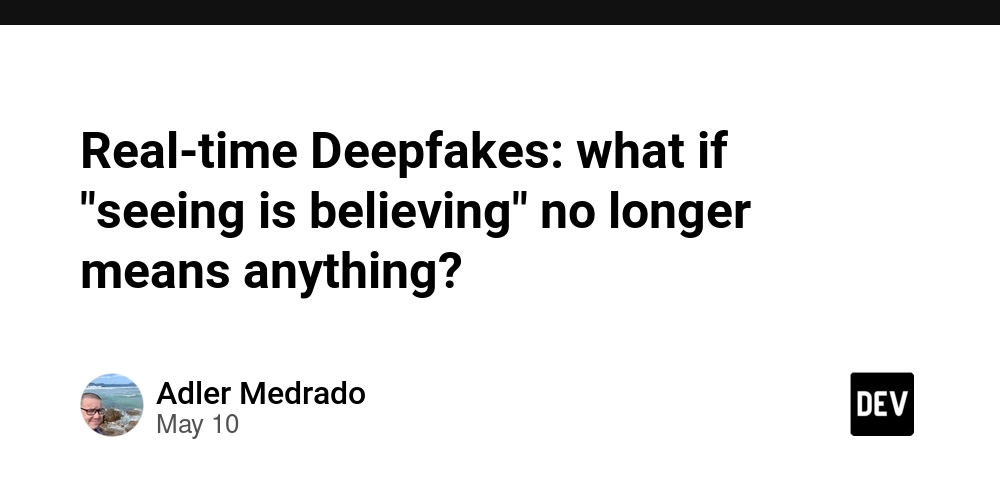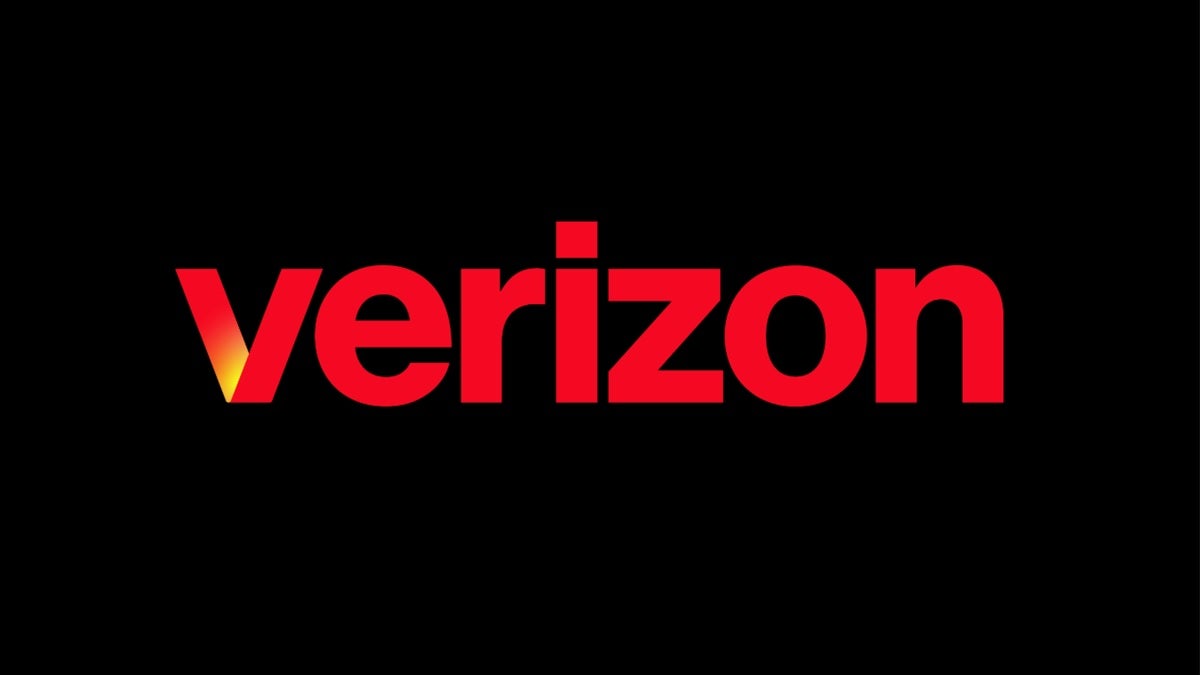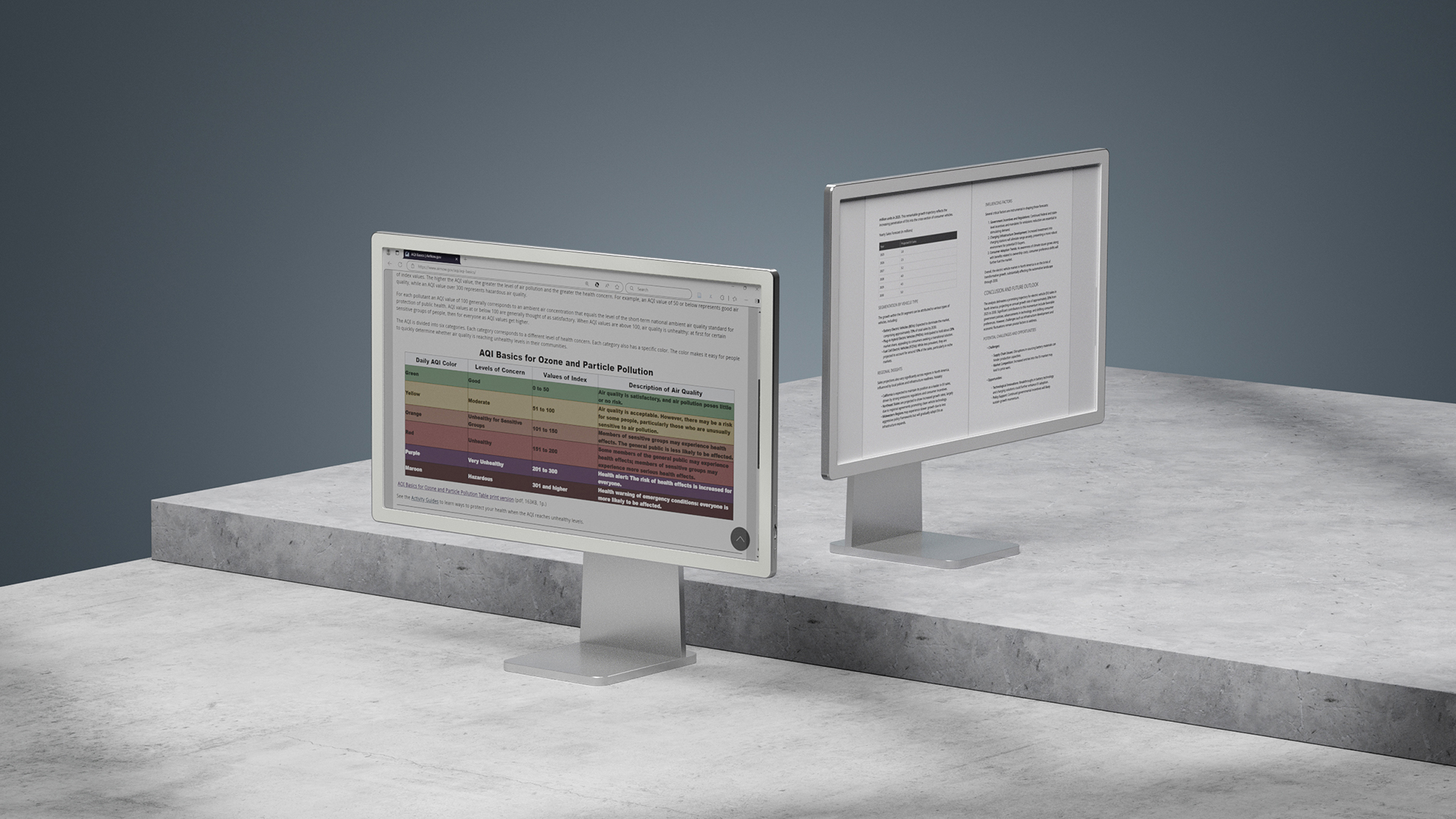Real-time Deepfakes: what if "seeing is believing" no longer means anything?
An open-source project called Deep-Live-Cam is gaining traction on GitHub — and for good reason. With just a single still image, it can mimic anyone’s face in a live video call. In real-time. Running locally. No cloud required. The implication is clear: you can no longer trust a video call at face value. So here’s the question: how do we verify identity in a world where faces can be forged on demand? While many react with fear or disbelief, I see only one viable answer: digital signatures. For years, I’ve been saying: we should encrypt everything — files, messages, infrastructure. But now, that’s not enough. We need to start signing everything. Digital signatures ensure authenticity. They prove that something really came from who claims to have sent it and hasn’t been tampered with. We already sign emails, source code, and software packages. Why not apply the same principle to real-time streams? Imagine a video call cryptographically signed with the speaker’s GPG key. Even if the face looks convincing, if the signature doesn’t verify, you know something’s off. I sign every HTML page on my personal website with my GPG key. Not because I’m paranoid — but because I believe security should be a mindset. Don’t trust. Verify.

An open-source project called Deep-Live-Cam is gaining traction on GitHub — and for good reason.
With just a single still image, it can mimic anyone’s face in a live video call. In real-time. Running locally. No cloud required.
The implication is clear: you can no longer trust a video call at face value.
So here’s the question: how do we verify identity in a world where faces can be forged on demand?
While many react with fear or disbelief, I see only one viable answer: digital signatures.
For years, I’ve been saying: we should encrypt everything — files, messages, infrastructure. But now, that’s not enough.
We need to start signing everything.
Digital signatures ensure authenticity. They prove that something really came from who claims to have sent it and hasn’t been tampered with.
We already sign emails, source code, and software packages. Why not apply the same principle to real-time streams?
Imagine a video call cryptographically signed with the speaker’s GPG key. Even if the face looks convincing, if the signature doesn’t verify, you know something’s off.
I sign every HTML page on my personal website with my GPG key. Not because I’m paranoid — but because I believe security should be a mindset.
Don’t trust. Verify.










































































































































































![[The AI Show Episode 146]: Rise of “AI-First” Companies, AI Job Disruption, GPT-4o Update Gets Rolled Back, How Big Consulting Firms Use AI, and Meta AI App](https://www.marketingaiinstitute.com/hubfs/ep%20146%20cover.png)




























































































































![[FREE EBOOKS] Offensive Security Using Python, Learn Computer Forensics — 2nd edition & Four More Best Selling Titles](https://www.javacodegeeks.com/wp-content/uploads/2012/12/jcg-logo.jpg)



![Ditching a Microsoft Job to Enter Startup Purgatory with Lonewolf Engineer Sam Crombie [Podcast #171]](https://cdn.hashnode.com/res/hashnode/image/upload/v1746753508177/0cd57f66-fdb0-4972-b285-1443a7db39fc.png?#)































































































































































































































-xl.jpg)













![As Galaxy Watch prepares a major change, which smartwatch design to you prefer? [Poll]](https://i0.wp.com/9to5google.com/wp-content/uploads/sites/4/2024/07/Galaxy-Watch-Ultra-and-Apple-Watch-Ultra-1.jpg?resize=1200%2C628&quality=82&strip=all&ssl=1)













![Apple M4 iMac Drops to New All-Time Low Price of $1059 [Deal]](https://www.iclarified.com/images/news/97281/97281/97281-640.jpg)
![Beats Studio Buds + On Sale for $99.95 [Lowest Price Ever]](https://www.iclarified.com/images/news/96983/96983/96983-640.jpg)

![New iPad 11 (A16) On Sale for Just $277.78! [Lowest Price Ever]](https://www.iclarified.com/images/news/97273/97273/97273-640.jpg)







































![Apple's 11th Gen iPad Drops to New Low Price of $277.78 on Amazon [Updated]](https://images.macrumors.com/t/yQCVe42SNCzUyF04yj1XYLHG5FM=/2500x/article-new/2025/03/11th-gen-ipad-orange.jpeg)



![[Exclusive] Infinix GT DynaVue: a Prototype that could change everything!](https://www.gizchina.com/wp-content/uploads/images/2025/05/Screen-Shot-2025-05-10-at-16.07.40-PM-copy.png)























































